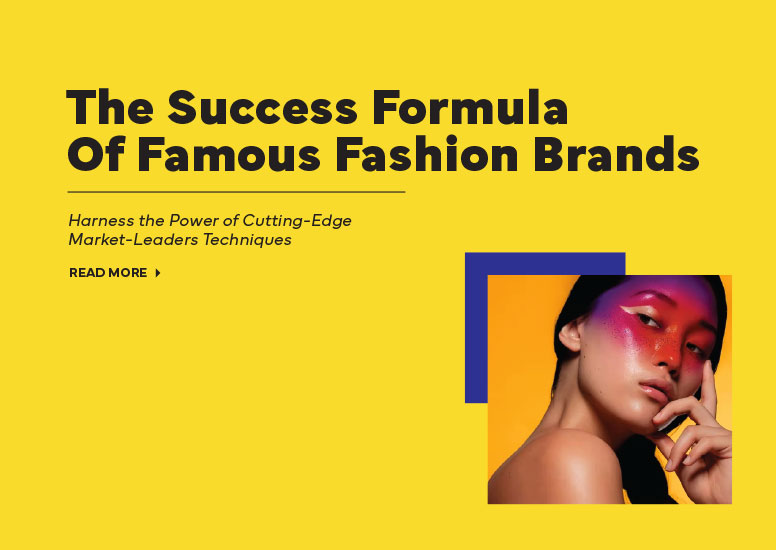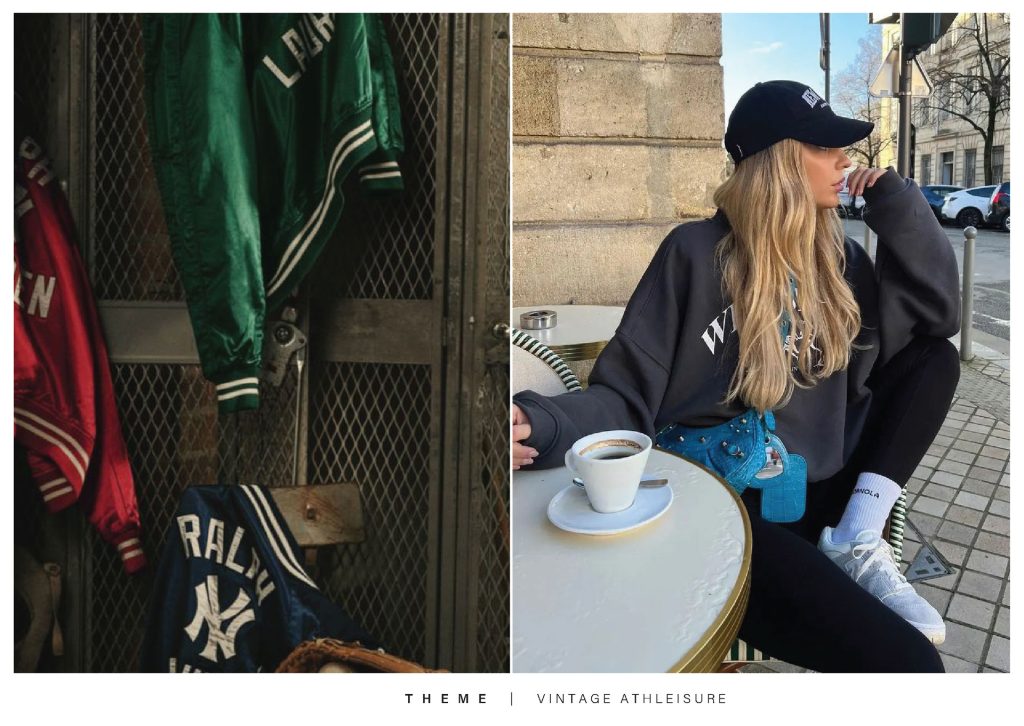
Create Your First Clothing Line
From Dream to Reality
Starting a clothing line is an exciting and creative adventure; however, it can also be challenging, especially when creating your first collection. But don’t worry; we’re here to guide you through every step of the way!
This article covers all the critical elements of creating a clothing line.
Discover how to create a unique brand identity, find inspiration, select your collection’s theme, and sketch designs.
If you need professional help creating your first clothing line, contact us, so we can explain how we can help you bring your dream to reality.
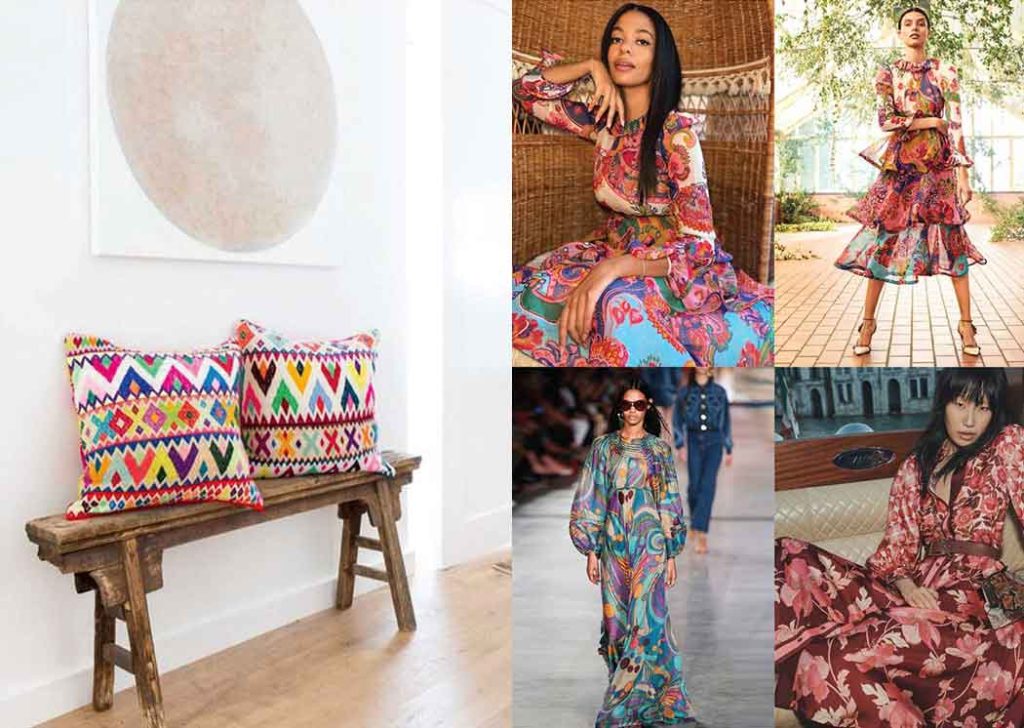
Finding Inspiration:
Where to Look for Ideas
If you’re overwhelmed about starting your clothing line, don’t worry – you’re not alone. The fashion industry is full of endless possibilities. While it’s true that high fashion collections from fashion centers like Paris, Milan, or New York can serve as great inspirations, there’s so much more to explore beyond these limits.
To get started, keep an open mind and learn to observe. Consider finding inspiration in art by visiting a gallery or museum or browsing an art book.
Take note of the colors, shapes, details, and emotions presented in paintings, sculptures, or photographs. Art movements like Abstract, Art Nouveau, or Pop Art can provide unique perspectives and enable one-of-a-kind designs.
Finding inspiration for clothing collections can come from many sources, and sub-cultural street fashion is one of them. The mix of cultures, styles, and attitudes that street fashion embodies can spark creative ideas that help shape the future of fashion.
To see how people express their individuality through clothing, you can walk through bustling city streets or browse fashion blogs and magazines.
Traveling is also a great way to find inspiration for your clothing line. Exploring different cultures and immersing yourself in their traditional clothing styles and techniques can provide a rich source of inspiration. The vibrant colors of India, the intricate patterns of Morocco, and the minimalistic elegance of Japan are just a few examples.
It is also vital to experiment and think outside the box. Keep an open mind and explore different avenues, for inspiration can come from unexpected sources. A random object, a piece of architecture, or even a song can spark your creativity. The key is to stay curious and constantly seek new sources of inspiration.
The world is full of opportunities to find inspiration; all you need to do is keep your eyes open.
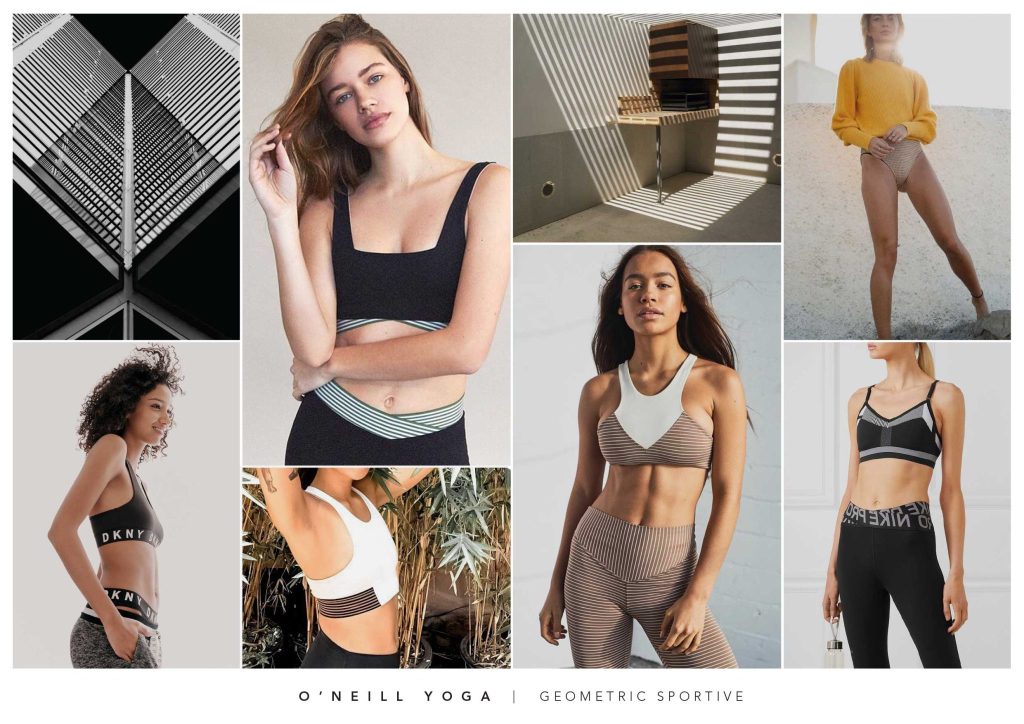
Create a Theme:
Setting the Tone for Your Collection
Creating a theme for your collection is like making the perfect playlist for your brand’s story. The theme is the foundation for your designs, turning your clothing line into a cohesive collection where each piece complements and strengthens the others.
It’s not just about following the latest trends; it’s about creating a theme that truly represents your brand’s style and values and captures the aspirations of your target audience.
Your theme will influence everything from the colours and fabrics of your designs to the marketing. Therefore, it is vital to take the time to research and explore different themes that align with your brand’s story and vision.
You could look at art, music, culture, or even nature to find inspiration. Once you have a few potential themes, we recommend creating mood boards to bring your ideas to life.
Your mood boards must include elements such as images, textures, and other visual elements that capture the essence of your chosen theme.
Please keep in mind that when creating a theme for your collection, staying true to your brand’s identity and values is crucial to the overall success of your clothing brand.

Create a Colour Card
That Reflects the Mood of Your Theme
Once you have finalized your theme, the next step is establishing a colour palette to convey a mood, evoke specific feelings, and reinforce your theme.
First, think about the mood you want your collection to express. For instance, a serene collection may require calming blues, vibrant reds for an energetic look, or monochromatic tones for a minimalistic aesthetic.
When choosing colours for your brand, it’s vital to consider each colour’s psychological effects and cultural associations. So, choose your colors wisely!
Additionally, it’s important to keep in mind that your color palette should reflect both your brand’s personality and your target customer’s preferences.
Remember, in order to establish a successful clothing business, your brand must offer clothes that your target audience wants to buy!
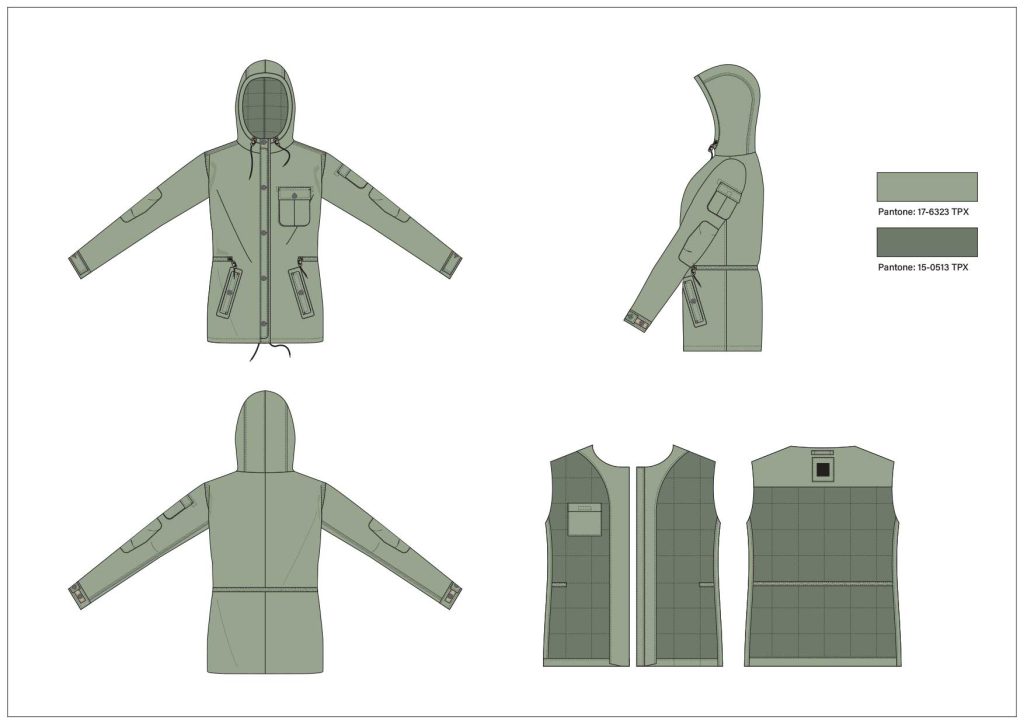
Turn Your Ideas
Into Clothing Designs
Once you’ve finished your theme and colour card, it is time to convert your ideas into clothing designs. Strong drawing skills would be helpful but are not required. The most important thing is visualizing your design ideas, even if your sketches could be more beautiful.
Note: Use your colour card here – colour your designs according to the selected palette for your collection. This step helps in visualizing the final look of your design.
Begin by visualizing the basic shape of your garment, defining its silhouette and structural features. Your sketch should also explain how it will interact with the body. Furthermore, include descriptive notes to highlight the unique elements of your design. They are crucial in conveying and remembering the critical aspects of your design.
READ MORE: Create A Clothing Line In 4 – Easy Steps
Visualize Multiple Views
It is not sufficient to visualize only the front view of your design. Be sure to provide multiple views – front, back, and sometimes side views. In some cases, it will be helpful to create a simple technical flat to outline your design’s construction clearly.
Designing Key Items: Highlight Your Style
Designing key pieces is essential in creating your clothing collection, whether just a few items or a whole line. It is vital to have a signature style that sets your brand apart from others. These “Hero Pieces” are crucial in defining and showcasing your brand’s identity.
But what exactly is a Key Item? It is a garment that embodies your brand’s character. It could be anything from a reimagined trench coat, a bold leather jacket, a stylish little streetwear dress, or an extravagant evening gown. Design items that reflect your brand identity and attract your target audience.

Are You Considering Starting a New Clothing Brand but Need to Know How to Start?
Selecting Fabrics:
Find the Perfect Match

Understanding Of The Basics
Each fabric is unique, with its own set of advantages and limitations. It would help to familiarize yourself with the characteristics of different fabric types: their weight, stretch, durability, drape, and how they react in various conditions.
Furthermore, certain fabrics are more suitable for specific types of clothing than others. For example, a heavy silk fabric would be ideal for an evening gown, a soft organic cotton fabric for a T-shirt, a weather-resistant nylon fabric for outerwear, and a stretchy elastane fabric for leggings.
Therefore, it is vital to learn which fabrics will work best for a particular type of garment.
Fabric Sourcing
When planning your project, you must consider where to source your fabrics. You might choose dedicated fabric stores, online suppliers, or direct from textile mills. Ensuring that the fabrics you choose are qualitative and durable is vital.
The best place to find fabrics is to visit large-scale fabric fairs. At these fairs, thousands of fabric suppliers from around the world showcase their latest fabrics.
Click here to read more about Fabric Sourcing.
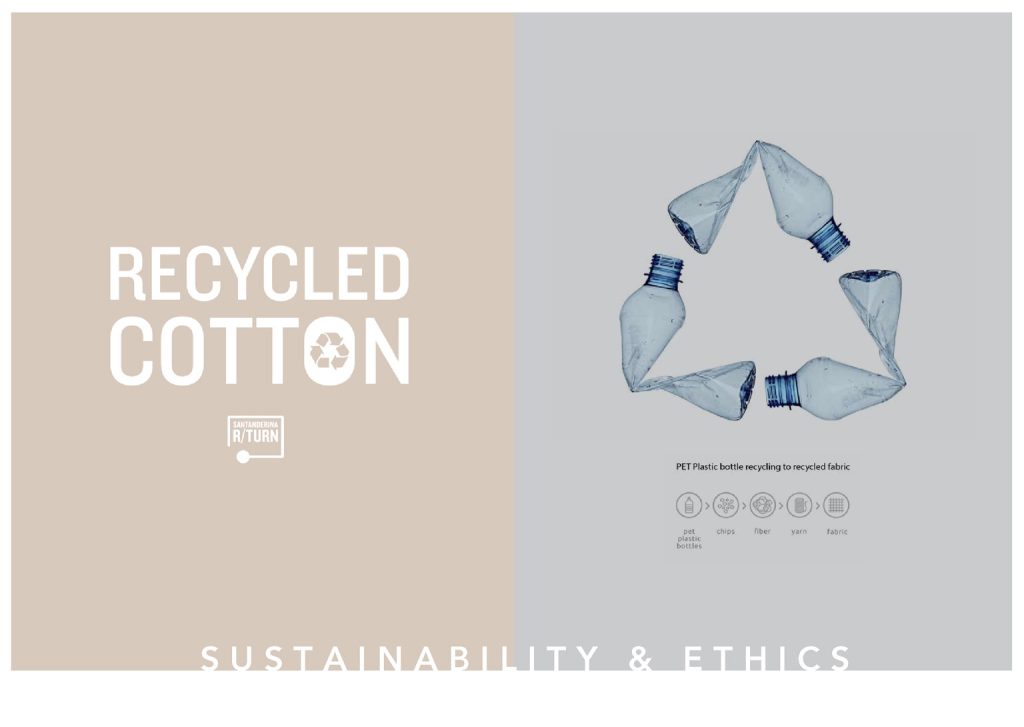
Eco-Friendly and Sustainable Fabrics
Sustainable fashion is not just a trend – it’s a necessity! Various eco-friendly fabric options are available, ranging from organic cotton to recycled Polyester. These textiles minimize environmental impact and offer higher quality and durability.
By using eco-friendly fabrics, your clothing brand can reflect a commitment to sustainability, which will appeal to an increasing number of environmentally conscious consumers.
READ MORE: The Significance of Sustainable Fashion: Exploring its Advantages and Current Trends

Developing Patterns & Prototypes:
Bringing Your Designs To Life
Creating patterns and prototypes is an important stage in the clothing design process. It involves transforming 2D sketches into 3D models, enabling you to visualize the initial appearance of your designs and make any necessary changes. Pattern cutters, and sometimes fashion designers, are responsible for creating clothing patterns.
Clothing Patterns
Pattern-making is the blueprint for your garments. Patterns dictate every detail of your garment, from sewing allowances to placements of darts and seams. Clothing patterns can be created by hand or using digital software like Adobe Illustrator or CAD-based applications designed for fashion. Pattern cutters often start with a basic block pattern and adapt it to fit your design.
Prototyping: Creating Samples
After the pattern cutter completes your clothing patterns, the next step is to create the first sample or prototype. At this stage, you must choose a fabric that resembles the one you plan to use in the final sample and sew it together according to the pattern.
This step is vital in identifying design faults, testing the fit, and refining your design. It’s not uncommon to make several prototypes before achieving the desired results.
With each sample, you’ll get closer to the final product by identifying and resolving fit problems, malfunctioning closures, or fabric-related challenges.
Keep in mind that this stage can be demanding and may require more patience and time than initially anticipated.
READ MORE: The Product Development Process –Discover How the Process of Creating Clothing Works.
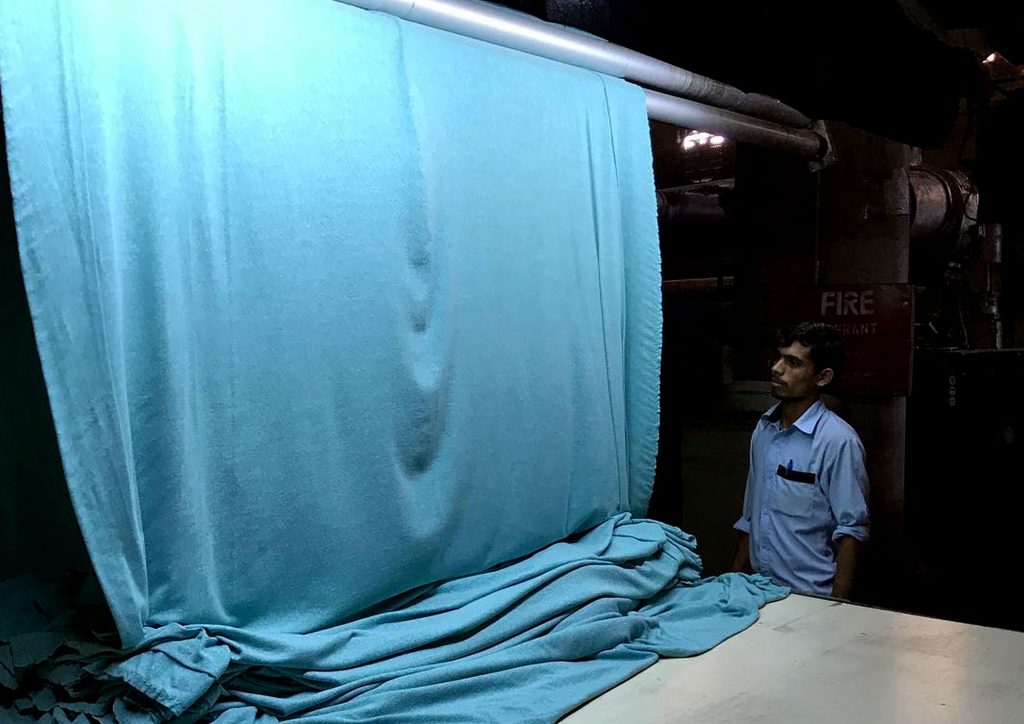
Sourcing Manufacturers:
Finding the Right Production Partners
Launching your first clothing collection requires finding the right production partner. It’s not just about finding someone to manufacture your clothes but about establishing a partnership that will contribute to the success of your brand. During the sourcing stage, it is essential to keep in mind the following points:
Specify Your Needs
When starting your search for a production partner, it’s important to understand what you expect from them. Do you need them to source fabrics, or will you provide them yourself? How much clothing do you need, and what is their MOQ (Minimum order quantity)? Additionally, do you need specific manufacturing equipment, such as flat knit or seam-taping machines? Answering these questions will help you to search for clothing manufacturers more effectively.
Assess Potential Partners
Once you’ve assembled a list of potential clothing manufacturers, it’s time to assess them. Is their production philosophy aligned with your brand? Can they meet your production timelines and volume needs? Spend time speaking with representatives, asking probing questions to understand their operations and capabilities.
Negotiate
Once you’ve narrowed down your choices, it’s time to negotiate. Remember, everything is up for discussion: price, timelines, responsibilities. Establish clear lines of communication and ensure you’re comfortable with every aspect of the partnership before moving forward.
Build a Strong Relationship
Once you’ve selected a partner, your work is far from over. Building a solid relationship with your manufacturers will be key for your business. Be proactive in maintaining communication, respond quickly to any issues or queries, and always be respectful and professional.
In conclusion, sourcing a manufacturer is more than just finding a party to produce your clothes. It involves diligence, patience, and a keen eye for detail. Remember, the partnership you form with your manufacturer will be instrumental in the success of your clothing brand, so making a thoughtful and informed choice is paramount.
READ MORE: The Product Development Process – Discover How the Process of Creating Clothing Works

Planning Your Production Timeline:
Ensuring Timely Delivery
A well-thought-out production timeline is paramount for launching your first clothing collection on time. It ensures that every aspect of your collection’s creation proceeds smoothly.
If you deliver your clothes late, stores or online retailers may reject them or demand a high discount. Delivering on time should always be your highest priority to avoid jeopardizing your business.
Create a solid production timeline with these steps:
Start by estimating each task’s time, from finalizing designs, sourcing materials, and production to organizing marketing campaigns and setting up your e-commerce presence. Assign enough time for each task to prevent chaos and confusion. Adding a buffer to each time estimate for potential setbacks is also wise.
Next, decide on your launch date and work backward to determine when to start each task. Some tasks can be completed simultaneously, while others must be completed in a particular order. Once completed, evaluate your timeline by asking questions like:
• Is the workload spread out evenly
• Have you accounted for all necessary tasks?
• Can all tasks be completed before launch?
Suppose you feel comfortable and confident you’ll meet your launch date with every task completed satisfactorily. In that case, you’re in a good place. If not, consider revising your timeline or reassessing your launch date. Patience, planning, and a well-prepared production timeline are the keys to a successful launch.
Remember that creating a collection takes time, and rushing can lead to mistakes that could reduce the quality of your collection.
More
Like This
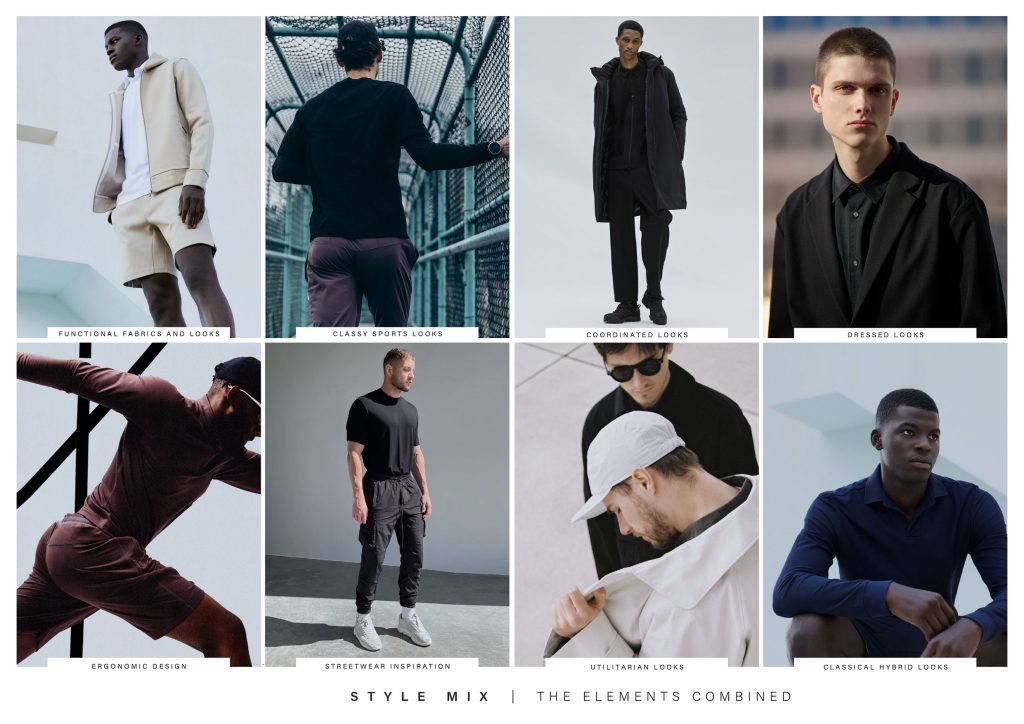
Create A Clothing Line
In 4 Easy Steps
Are you thinking about establishing a new fashion brand? That’s definitely an exciting and rewarding adventure.
But before you jump right into it, it’s important to have a clear plan and strategy to make it work. If you want to know how we can help you start in the best way possible, click the button and find out.
The Success Formula
Of Famous Fashion Brands
Have you ever wondered how the leading fashion brands and retail chains always seem to hit the mark with their clothing lines and make big bucks?
If you want to uncover their techniques and find out how they do it, click the button and learn how they work.
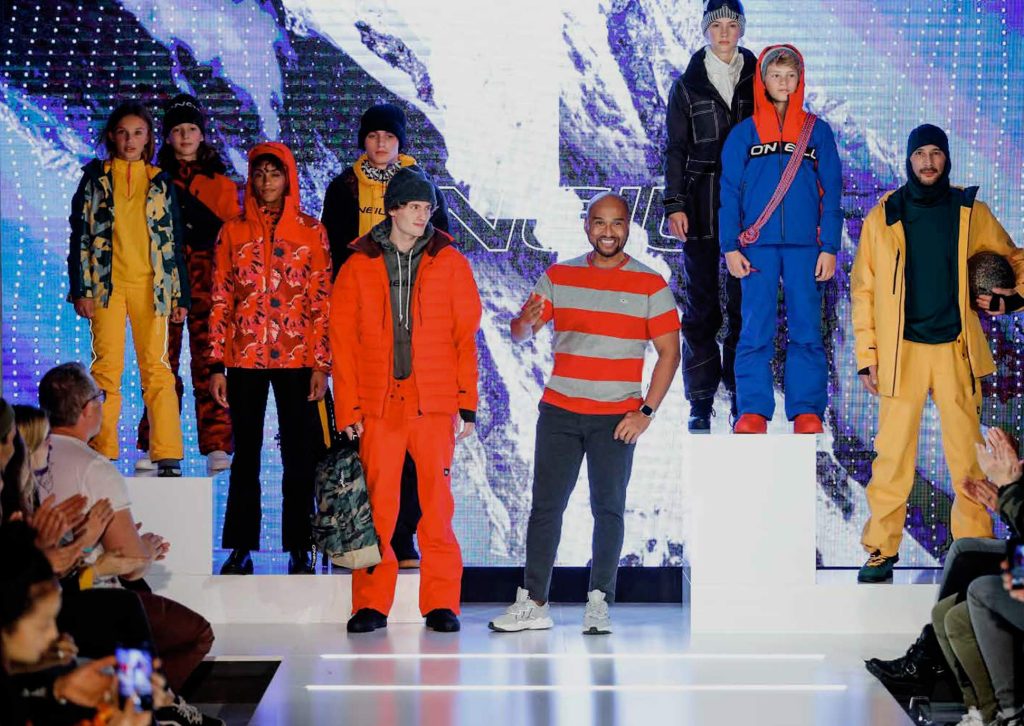
About Fashion Designer
Richard Roelofse
Richard has dedicated nearly three decades to providing top-notch fashion design and brand strategy services to leading fashion brands, top-tier sports brands, and global fashion retailers.
Richard’s comprehensive experience spans regions such as Europe, Australia, Canada, North America, China, Russia, Mongolia, Azerbaijan, and The Middle East.
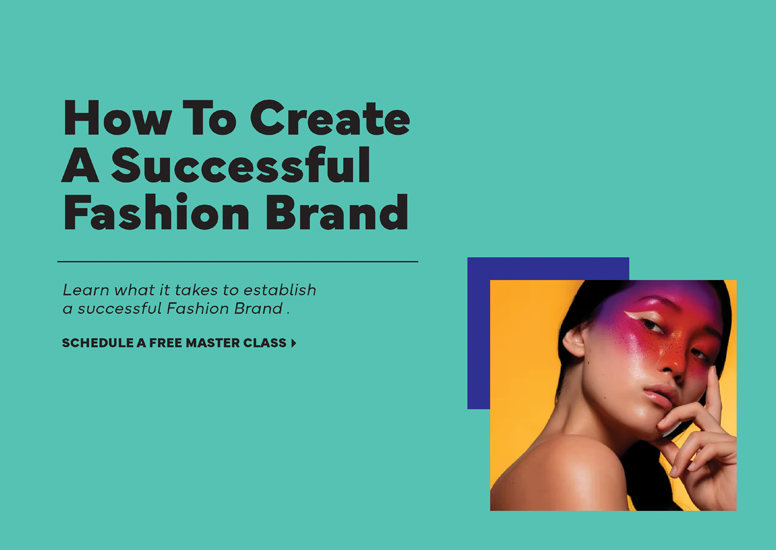
Book Your
Free Masterclass
Failure is just around the corner if you don’t know how the fashion and clothing industry works.
This Masterclass will teach you what it takes and what you need to do to set up a successful Fashion Brand or Clothing Line. And you will learn how to avoid financial risks. After the Masterclass, you can make an informed decision if the potential benefits outweigh the financial risks.
